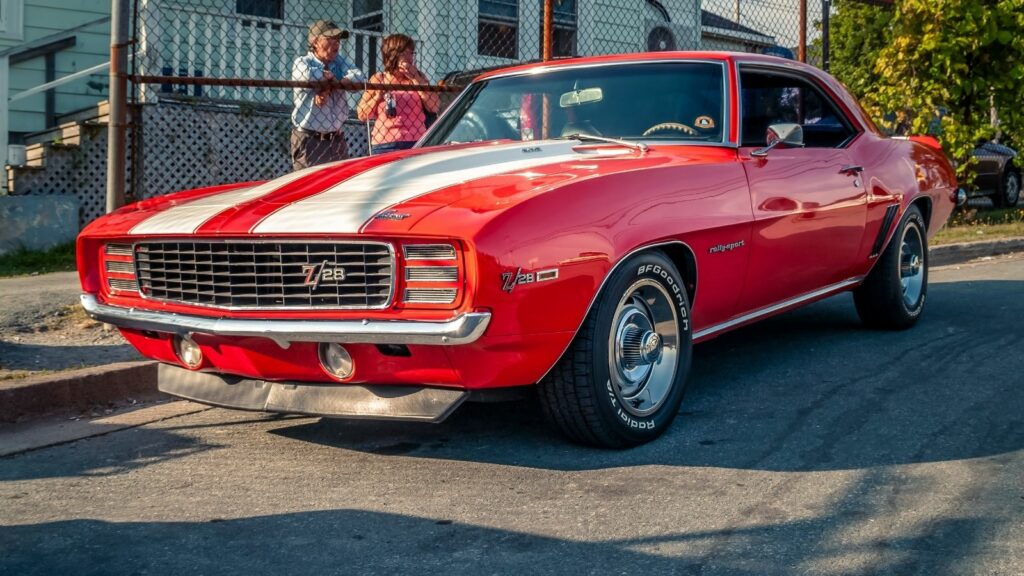Look at photos of classic muscle cars from the 1960s and 1970s and you will notice a familiar detail on many rear windows. Angled slats known as window louvers. They gave the cars a tough, dramatic profile, but louvers were not just there for style. They had real purpose during an era before dark tinted glass, strong climate control, and UV resistant interior materials. What looks like decoration today was originally a clever and useful piece of design that made daily driving more comfortable.
They Reduced Sun Glare and Heat

Muscle cars of the era often had large rear windows that sloped sharply toward the trunk. When the sun hit those windows, the cabin could heat up quickly. Air conditioning was either optional or weak, and many drivers simply rolled the windows down for relief. Louvers created shade without blocking visibility. They allowed air to move around the glass and reduced the temperature inside the cabin. On long summer drives, the difference could be dramatic. Louvers made powerful cars with dark interiors far easier to live with.
They Helped Protect Interiors from Sun Damage

Interiors in older cars were more vulnerable to sunlight than what we see today. Vinyl seats could crack. Dashboards could fade or split. Carpet color could lighten unevenly. Louvers acted like a permanent sunshade. They reduced direct exposure and kept materials from aging prematurely. Owners who took pride in their cars saw louvers as a simple way to preserve value and keep the interior looking sharp. This was especially important for cars with black or red interiors, which were popular at the time and more prone to sun wear.
They Reduced Glare and Improved Rear Visibility
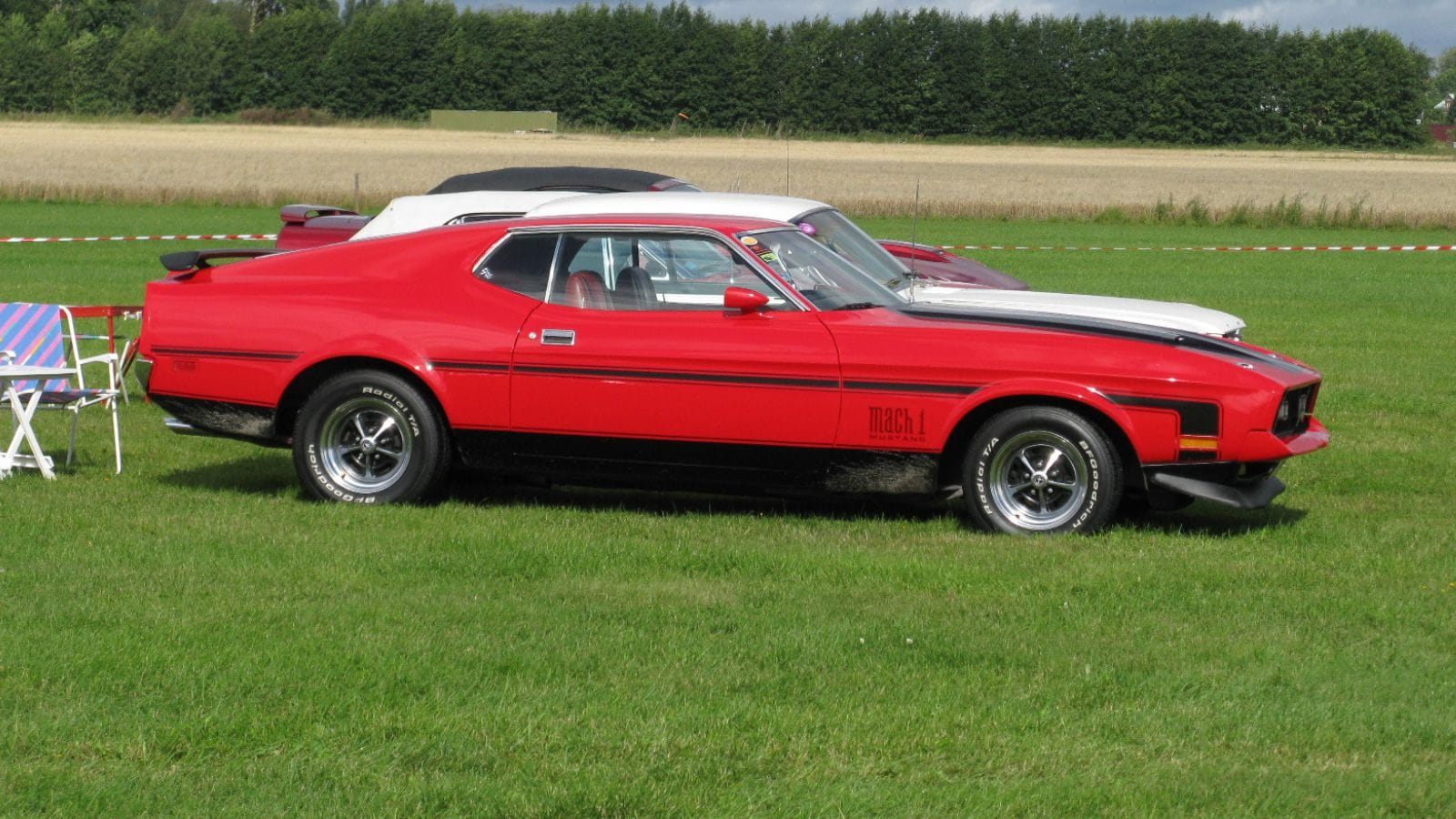
Large rear windows looked stylish, but they often reflected sunlight straight into the cabin. Drivers could be blinded by glare bouncing off the rear glass. Louvers angled incoming sunlight upward or outward, which made the rear view clearer and more consistent. It sounds counterintuitive, but louvers actually improved visibility. The spacing and angle of the slats were designed so that you could see through them when looking outward, while still blocking sharp sunlight coming in. The result was a calmer and more predictable view through the mirror.
They Added a Performance Look That Drivers Loved
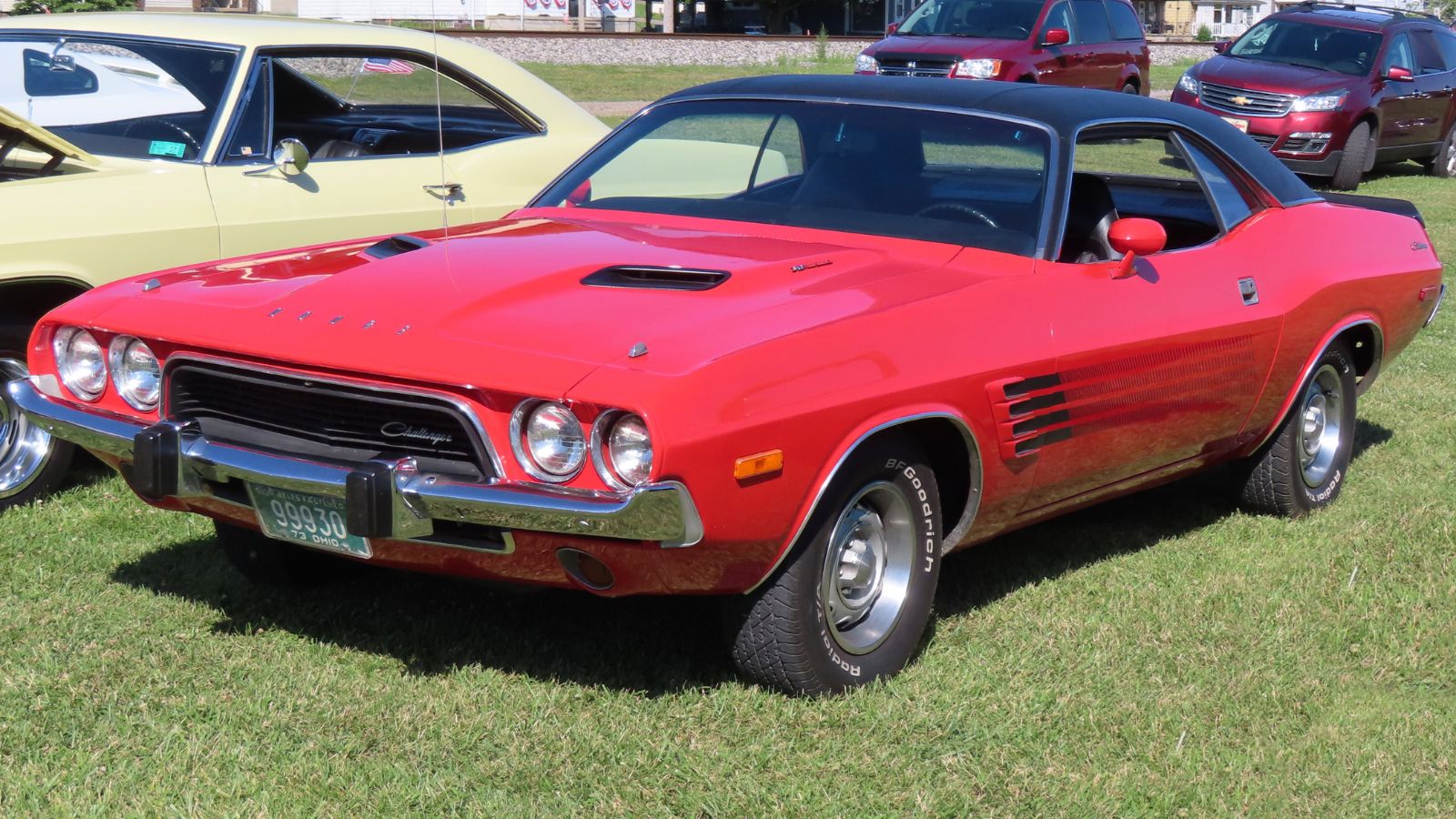
Even though louvers served practical purposes, style quickly became a key reason people added them. They gave muscle cars a more purposeful stance. Paired with spoilers, hood scoops, side stripes, and aggressive wheel designs, louvers reinforced the idea that the car was built for speed and attitude. They suggested that the driver cared about performance and identity, not just transportation. Automakers realized how strong that visual appeal was and began offering louvers as factory or dealer installed accessories. Louvers became part of the muscle car identity during the peak of American performance culture.
Why Louvers Faded Out
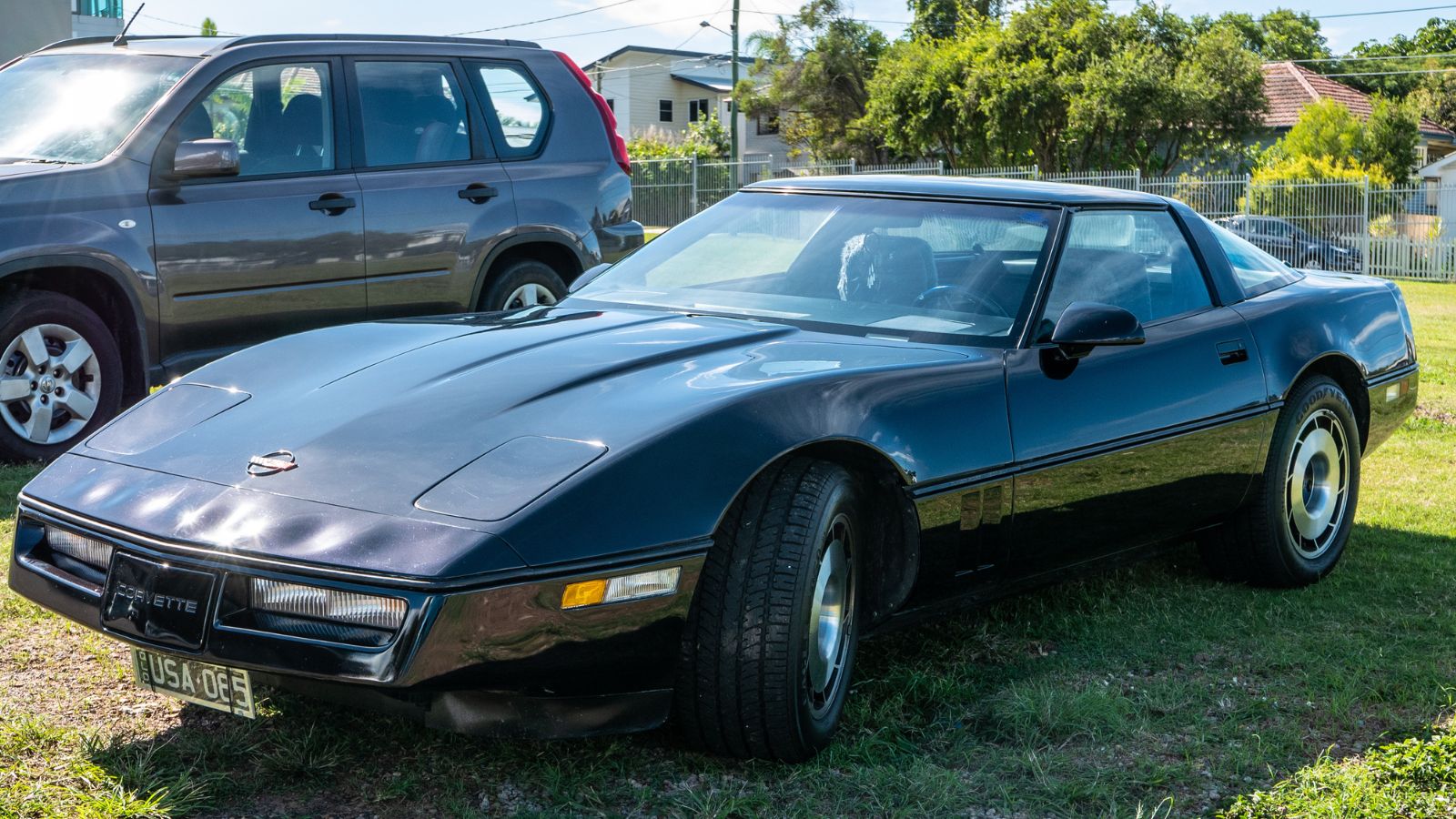
As technology improved, the need for louvers declined. Modern cars use tinted glass that blocks heat and glare more effectively. Air conditioning is far stronger and more efficient. Interior materials are designed to handle constant sunlight without cracking or bleaching. Aerodynamics also became more important. Smooth, uninterrupted surfaces help reduce wind resistance. Louvers interrupt airflow and add drag, making them less suitable for modern efficiency goals. They did not disappear because people stopped liking them. They simply became less necessary.
They Still Hold Strong Nostalgic Appeal

Even though louvers are not common today, they have never lost their cultural meaning. They are associated with classic performance, rebellious styling, and the golden age of street power. When people see louvers on a restored muscle car, it calls back to burnout smoke, carburetor growl, and long summer nights on open highways. They act as a reminder of the era when cars were loud, simple, expressive, and unapologetic.
The Louver Love
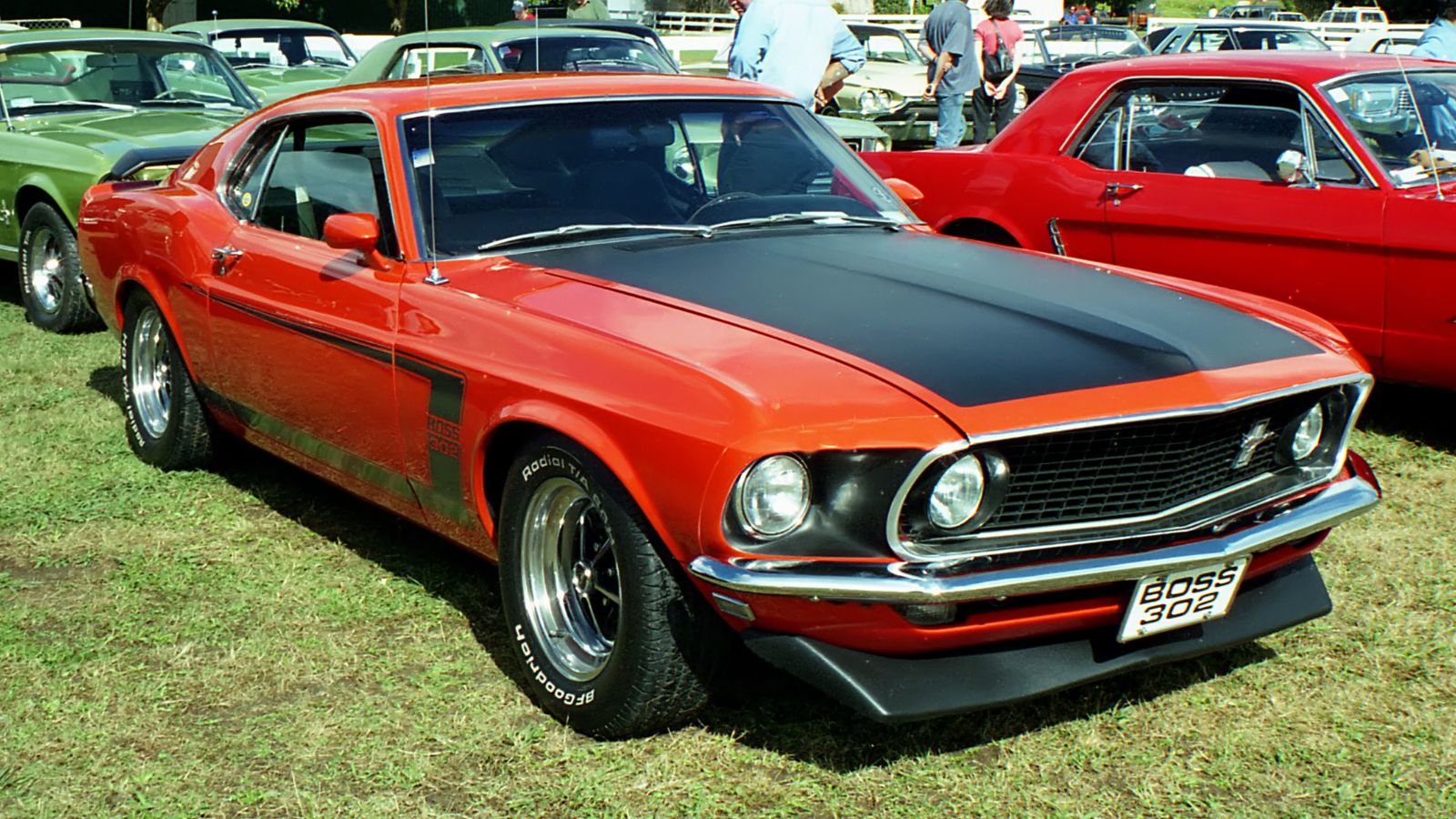
Old muscle cars used window louvers because they solved real problems. They cooled cabins, protected interiors, reduced glare, and gave the cars a bold, performance focused attitude. What started as a practical solution became one of the iconic visual signatures of classic American muscle. Louvers tell a story about how cars were built and used before modern comfort features existed.
25 Facts About Car Loans That Most Drivers Don’t Realize

Car loans are one of the most common ways people fund car purchases. Like any other kind of loan, car loans can have certain features that can be regarded as an advantage or a disadvantage to the borrower. Understanding all essential facts about car loans and how they work to ensure that you get the best deal for your financial situation is essential. Here are 25 shocking facts about car loans that most drivers don’t realize:
25 Facts About Car Loans That Most Drivers Don’t Realize
